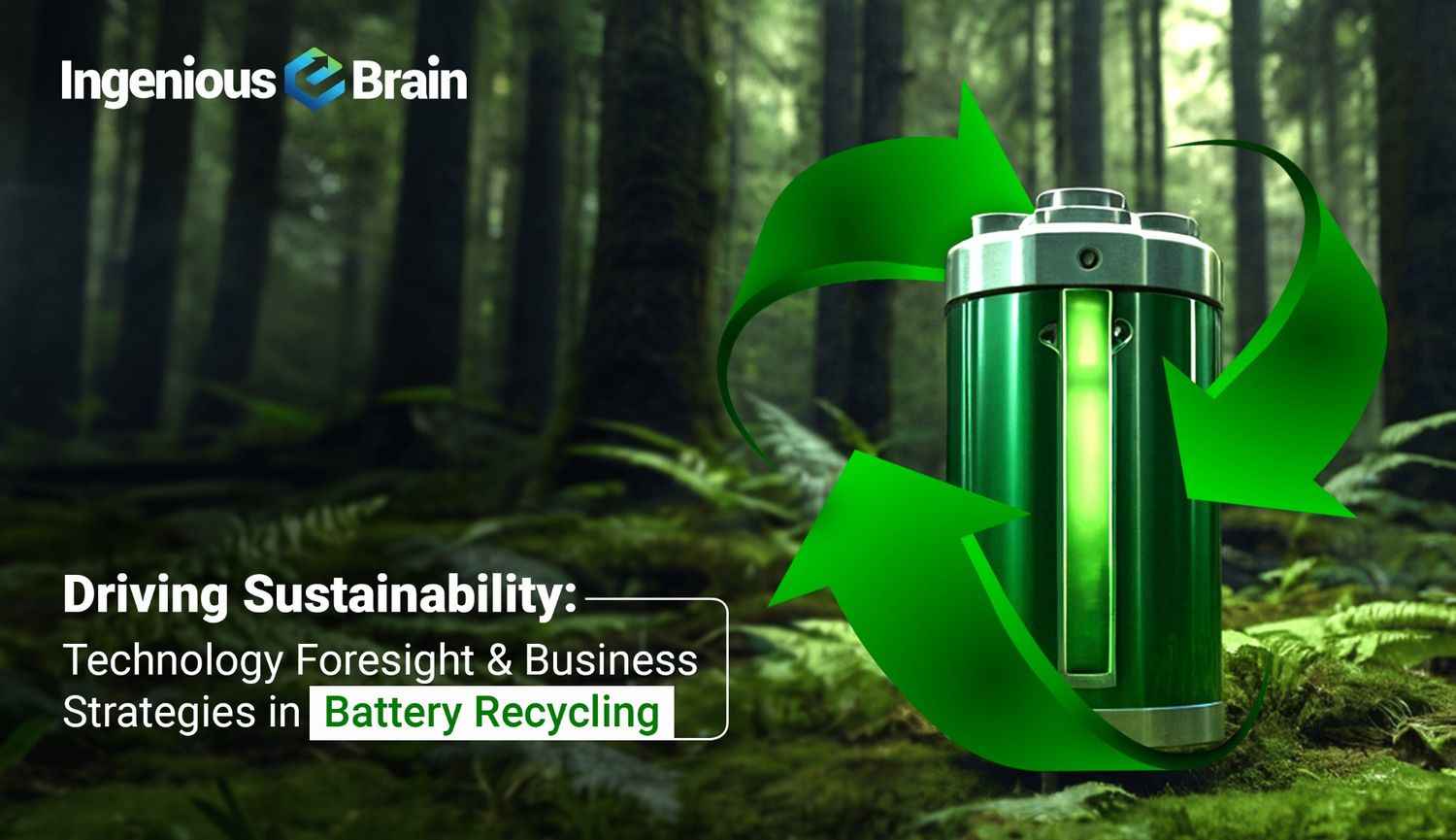Survival rate and health management is a promising approach to address the risks of failure in advance and has been applied in many well-known implementations, including batteries. Although the measurement of the battery capacity and life of a battery is essential for effective operation and decision-making, the battery capacity should be precisely measured. This context uses measurable data such as voltage, current, temperature from the battery maintenance system. The data pattern keeps on varies in cycles concerning aging, based on this information, the charging and discharging profiles get learned using AI technology.
From the obtained data set, each data point is trained 100 times for different epoch sizes by applying the CNN (convolutional neural network), feed-forward neural network, DNN, and SVM algorithms. Due to the trainable parameters’ random initial values, the error varies with each training iteration, highlighting the importance of training networks several times to obtain the best results. It will predict the battery’s anomalies, and the life of the battery gets analyzed such as (EOL) End of life, state of health, and remaining useful life. It will be helpful for consumers to reduce the battery repair, installation, recycling cost. This technology is beneficial for the electric vehicle industry.
Key Factors Influencing the Battery Life:
The battery life is a crucial determinant to define the optimum working potential of a battery. It is affected by different factors, like
1. Battery Aging: Aging of battery decided by calendric and cyclic aging.
-
Cyclic Life: Fundamentally, one life cycle is decided by utilizing complete charging and releasing the battery. Generally, batteries have 300 to 500 processes of a lifetime.
-
Calendric Aging: Here, cathode and anode aging are taken into consideration. Cathode aging happened due to the metal dissolution and SEI (solid electrolyte interphase) formation.
2. Depth of Discharge (DOD): This relies upon the battery’s rating, where we draw the more limit than usual will affect battery life. It mainly depends upon how scarcely you’re utilizing the battery.
3. Temperature: Temperature is a significant one of the influencing parameters of battery execution. When the temperature is low, the response rate decreases, and it also harms battery life. Regularly battery works at 65 to 70F.
4. Recharge Voltage and Rate: A battery can store a specific amount of power based on its capacity. The nearer it gets to completely energized, the slower it charges. Commonly, the battery is energized to 90% in 60% of e charging time; the excess 10% would take up to 40% of the absolute time. Subsequently, it is essential to utilize an appropriate charge regulator to manage the voltage and the charge rate while charging a battery.
Using AI to Prolong the Battery’s Life:
Artificial intelligence (AI) and machine learning (ML) have helped develop new methods for estimating battery states. Estimation with high accuracy is critical for safe operation, battery replacement, and maintenance cost reduction. Furthermore, to avoid catastrophic failure, it is necessary to determine if the battery is operational.
Due to the increased availability of battery data and enhanced computational power capabilities, data-driven approaches such as machine learning (ML) are becoming more common for estimating the state of charge (SOC) and state of health (SOH). Convolutional neural network (CNN), deep neural network (DNN) network, Feedforward neural networks (FNNs), recurrent neural networks (RNNs), support vector machines (SVMs), and radial basis functions are examples of ML-based battery state estimation methods.
Additionally, from the above data set, each data point is trained 100 times for different epochs. Due to the trainable parameters’ random initial values, the error varies with each training iteration, highlighting the importance of training networks several times to obtain the best results. After completing the training, we can test the data using AI mode to predict the remaining battery life and end of life and future abnormalities.
What Lies Ahead
With advancing technology, several organizations are coming up with newer and better alternatives that improve batteries’ overall efficacy. Some of the recent innovations and also the prospected innovations in this domain are:
- Lithium tungsten batteries from Nano Bolt
- Batteries made of zinc and manganese oxide
- Electrolyte batteries made of organosilicon.
- Gold nanowire gel electrolyte batteries are a type of gold nanowire gel electrolyte battery.
- Two String Cell TM batteries for the Tank Two
Emerging Applications Of Battery
Several different applications of batteries are observed in recent times. Some of these are IoT, MEMS, CMOS Memories, clinical implantable, smartcards, skin fix, RFID, Wearables, E-materials, clinical gadgets, Cell phones, Transport, Firefighting, and Emergency Military.
With continued research on areas where the batteries can be effectively used, there is increasing pressure to improve them. Intensive work is going on several factors determining the battery life to ensure longer battery life. Several new technologies like Artificial Intelligence, etc., are finding their employability to increase battery life.



